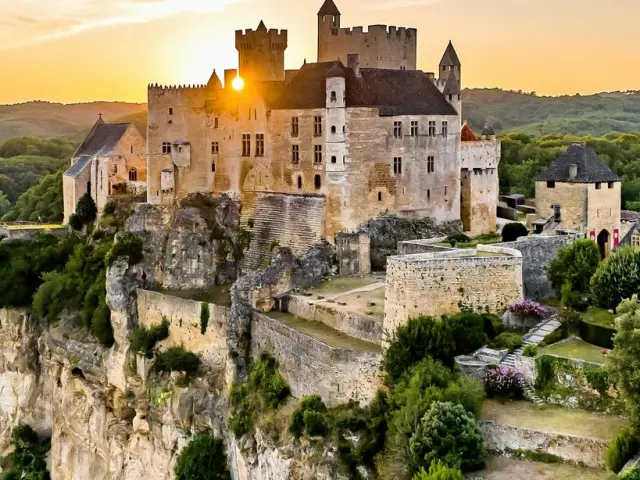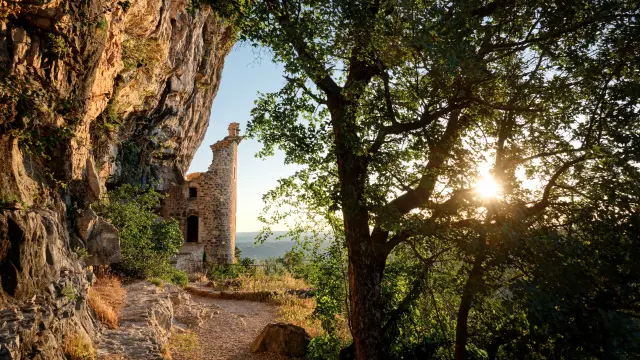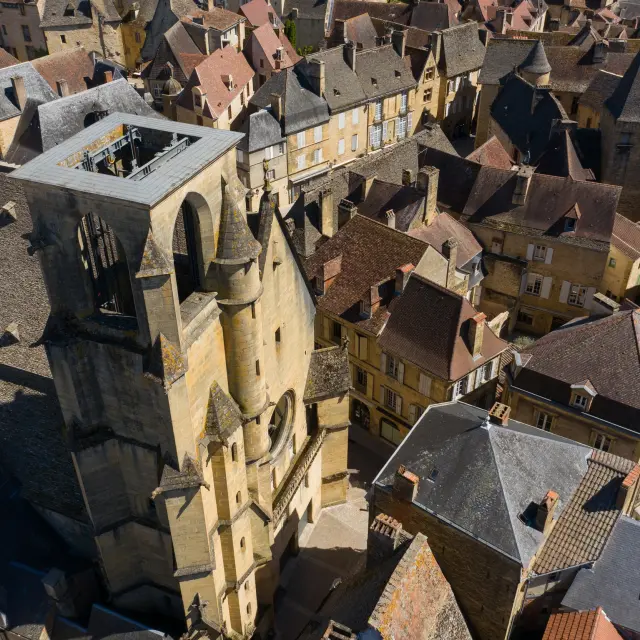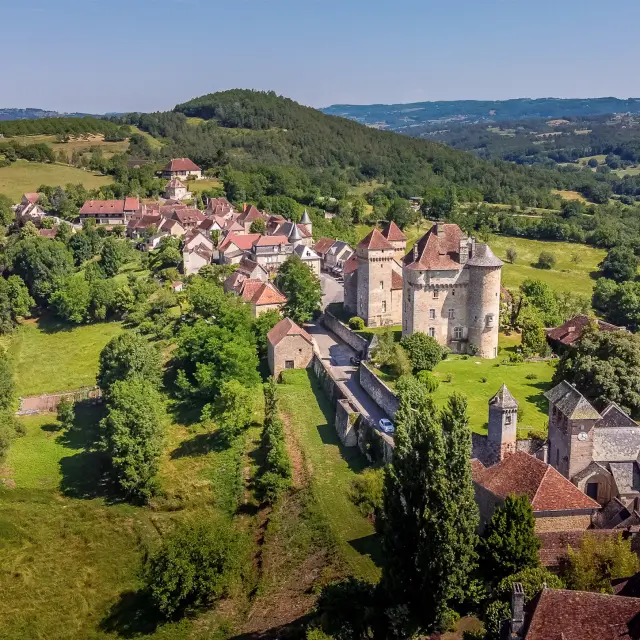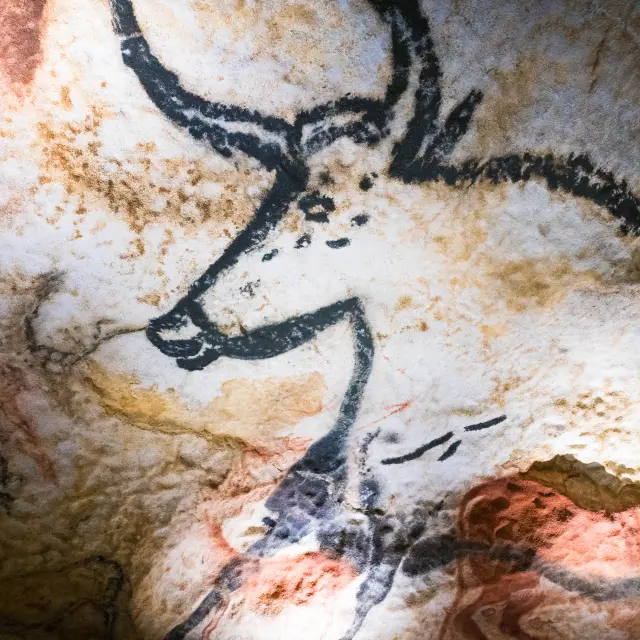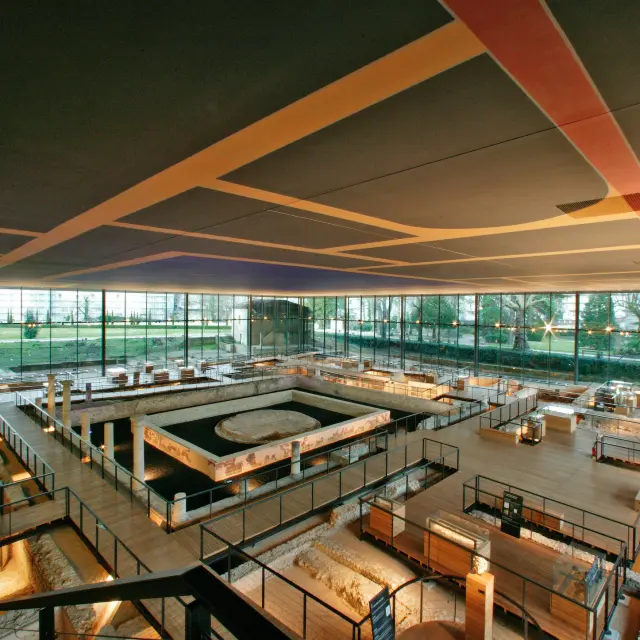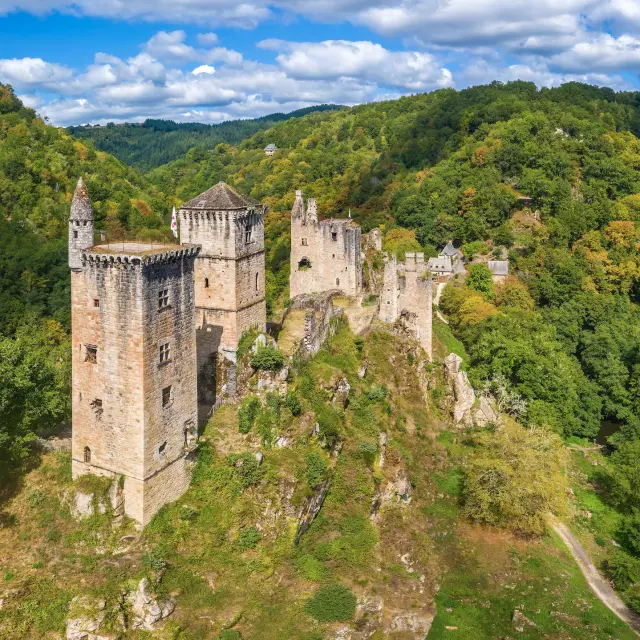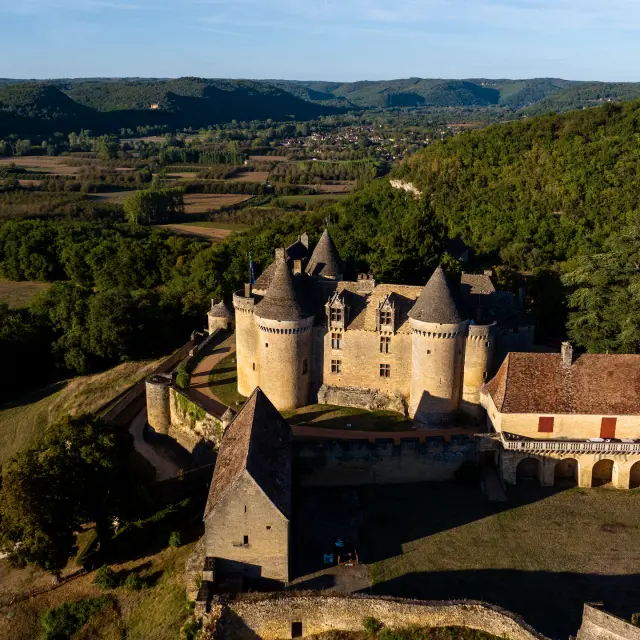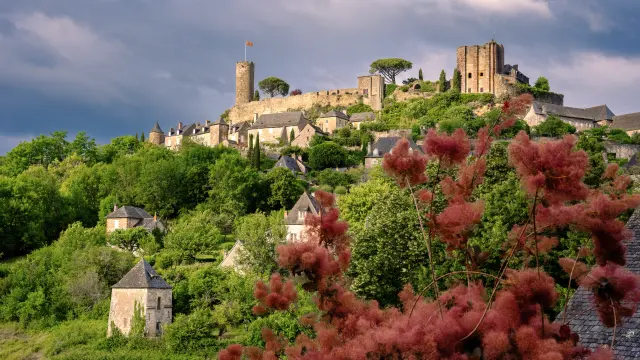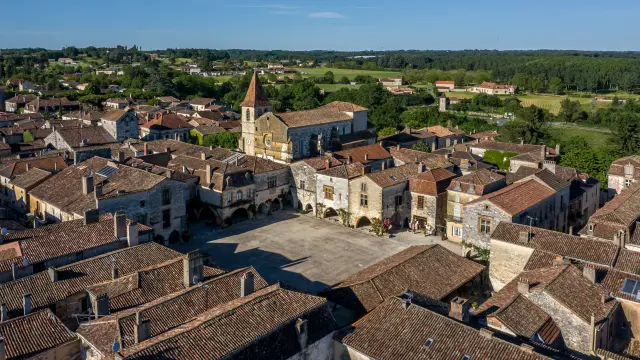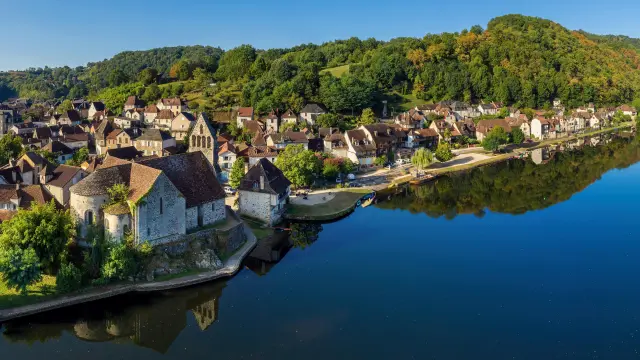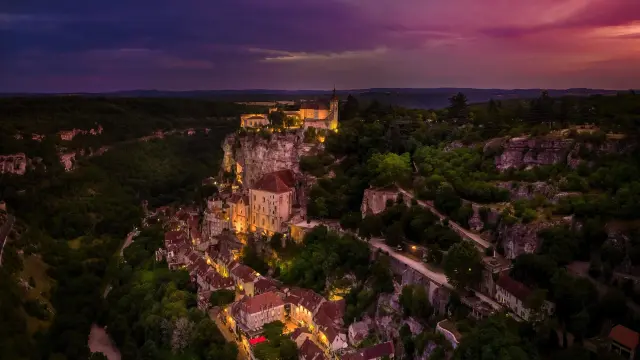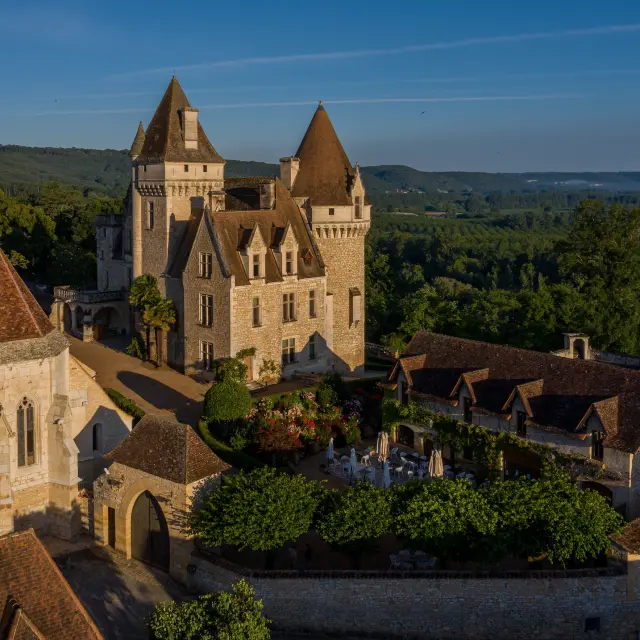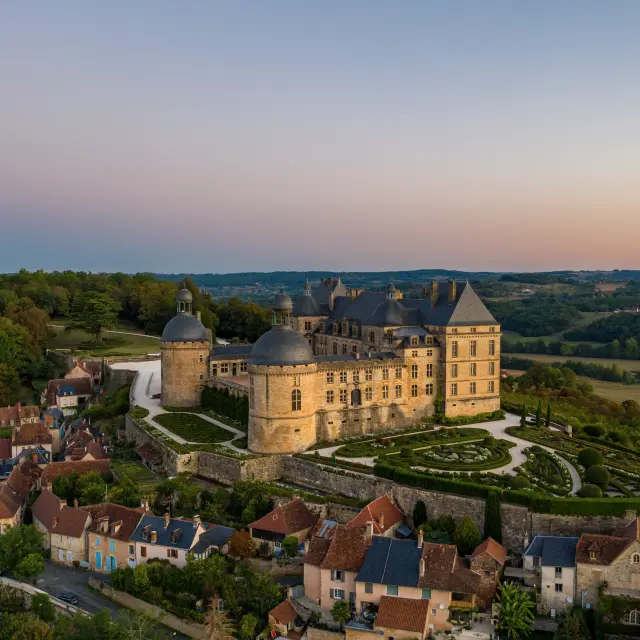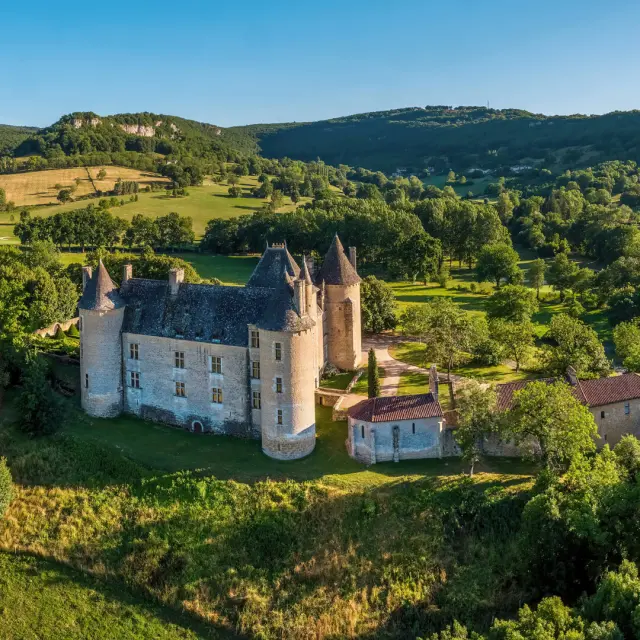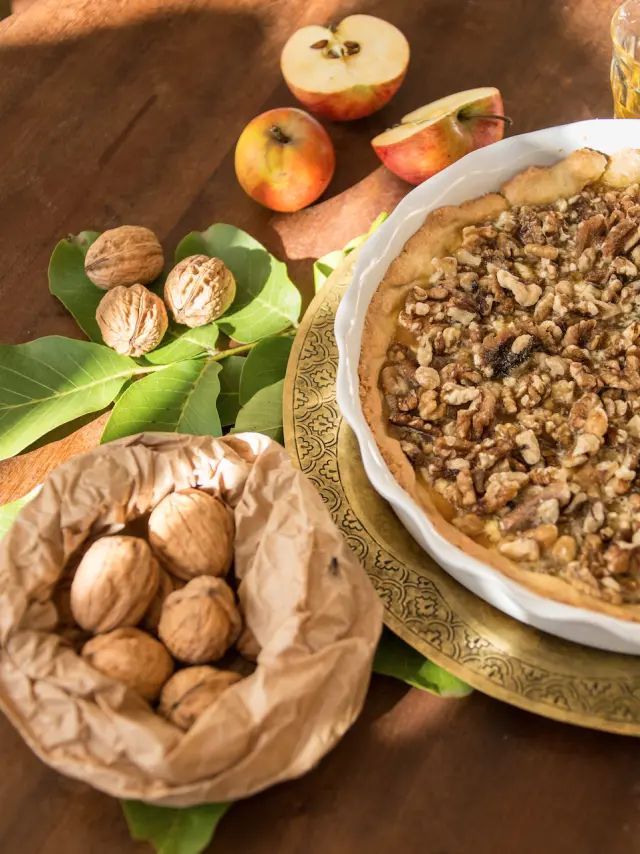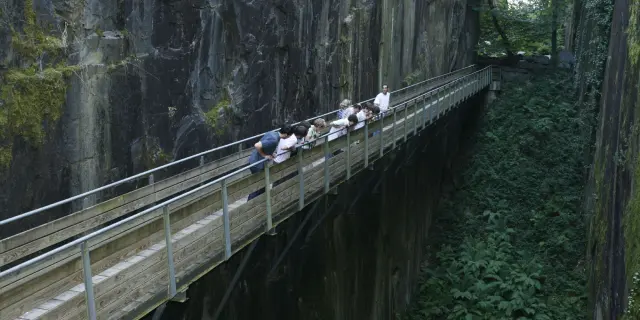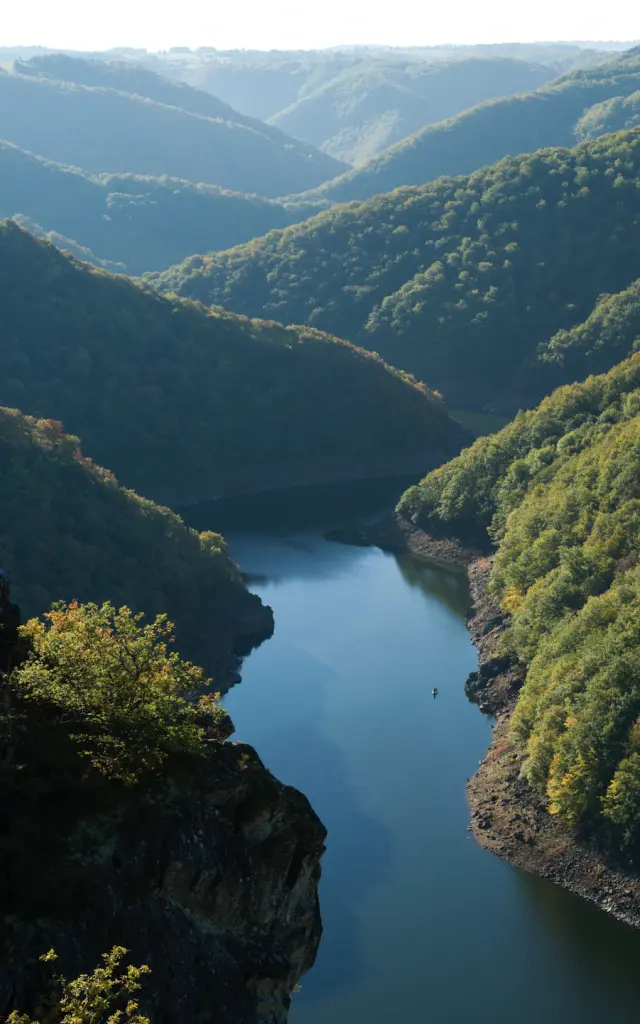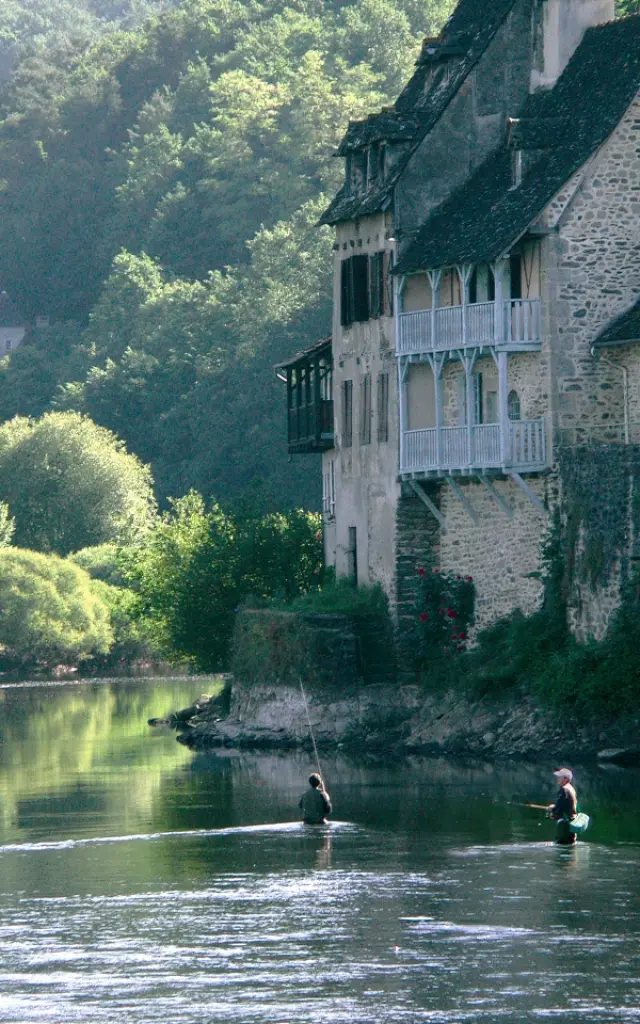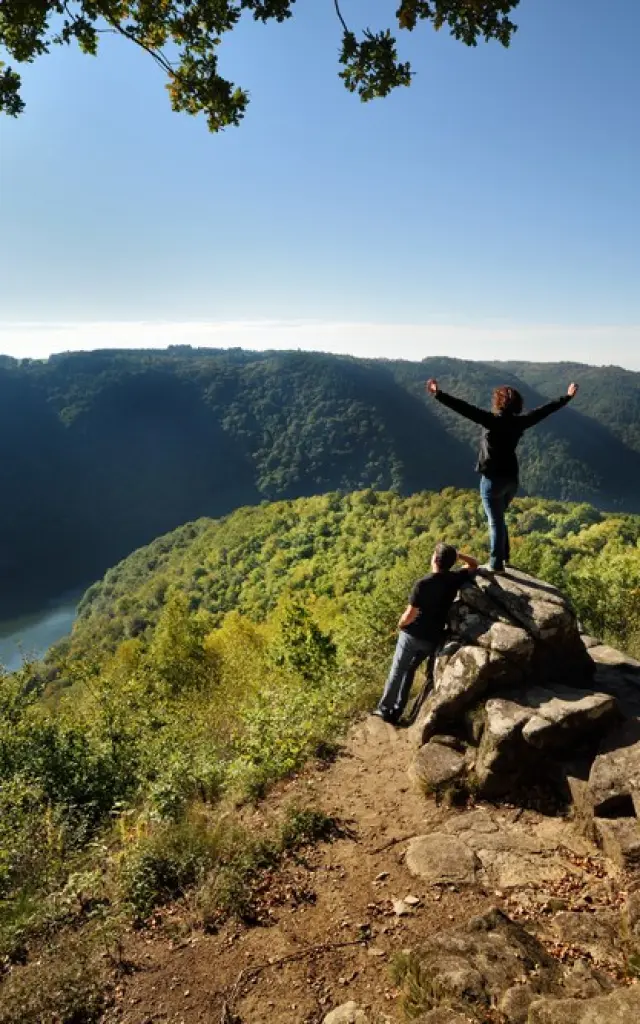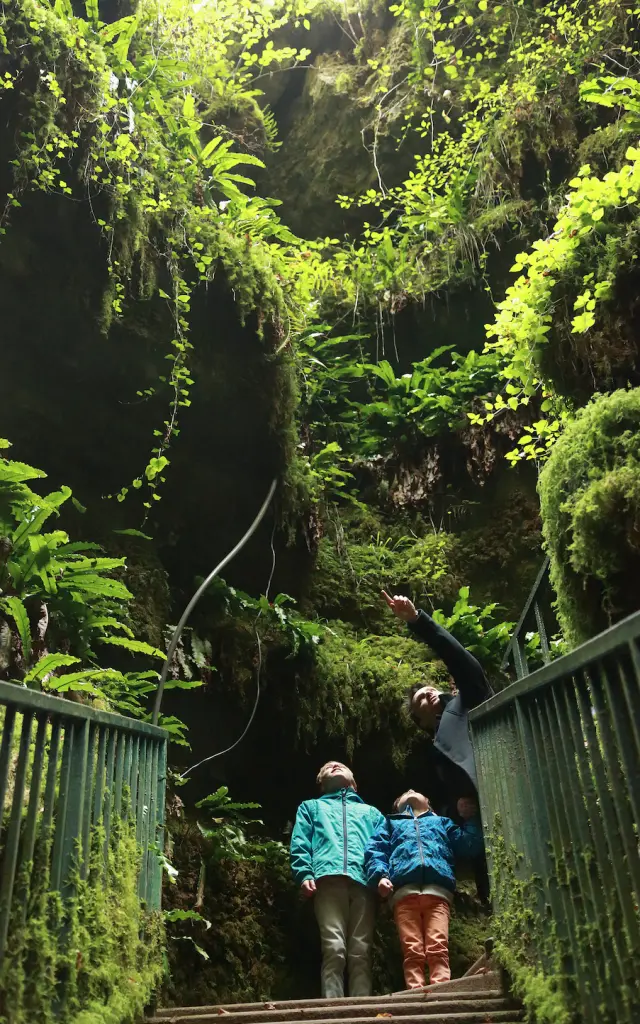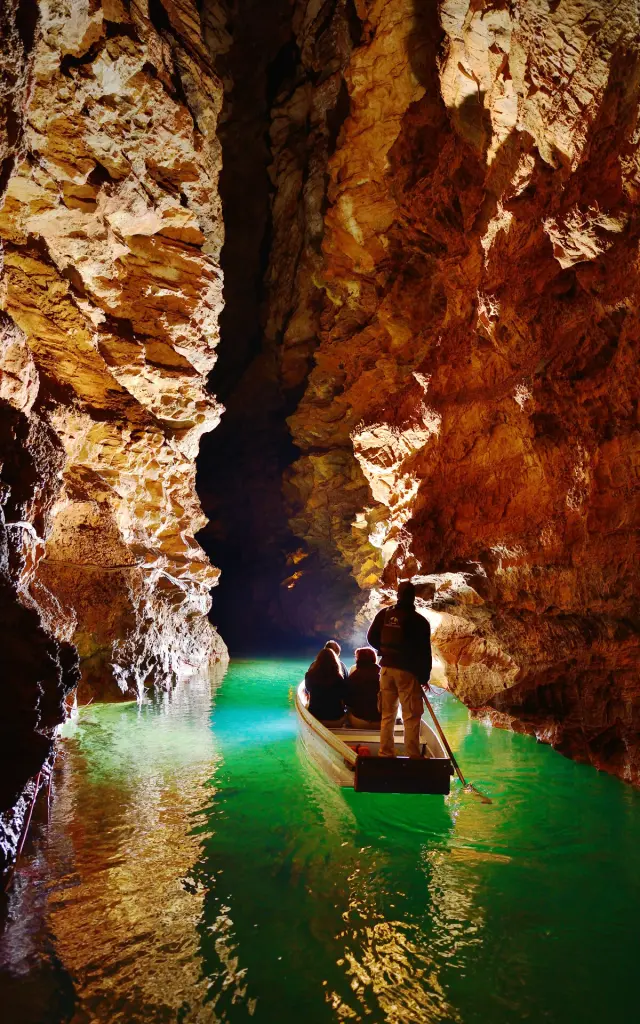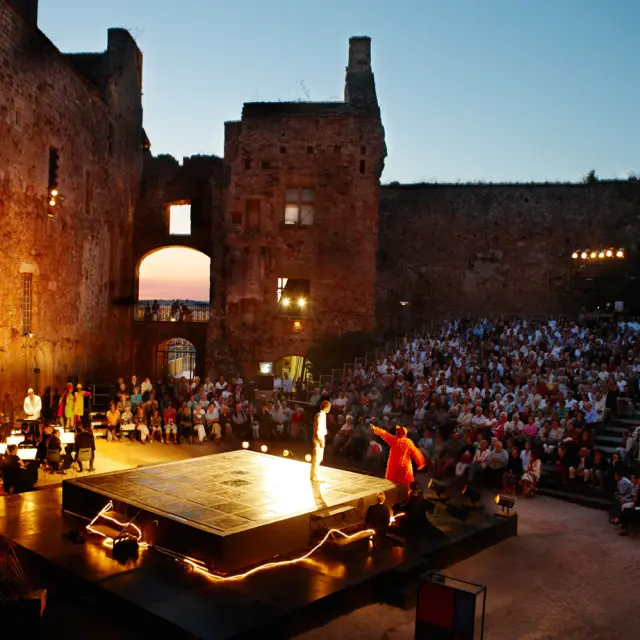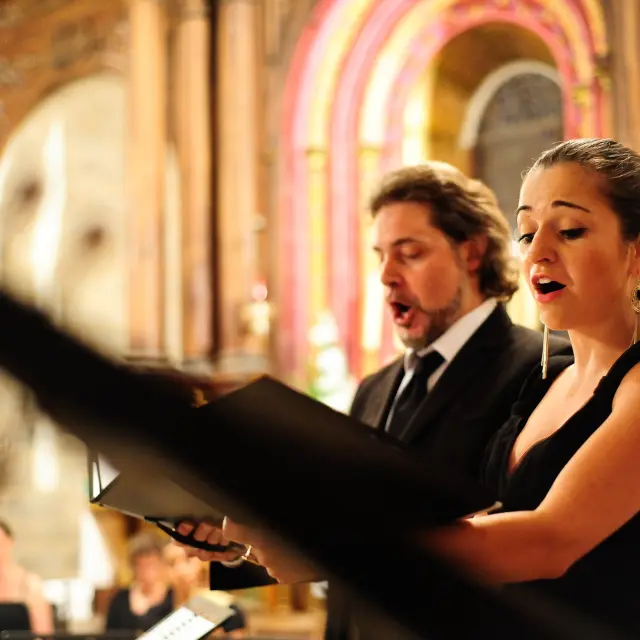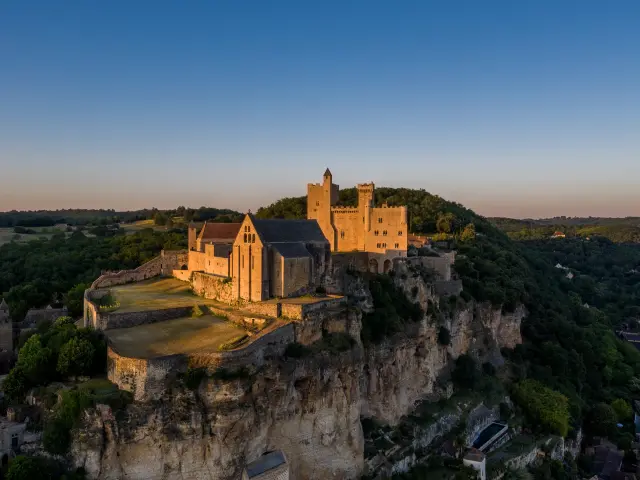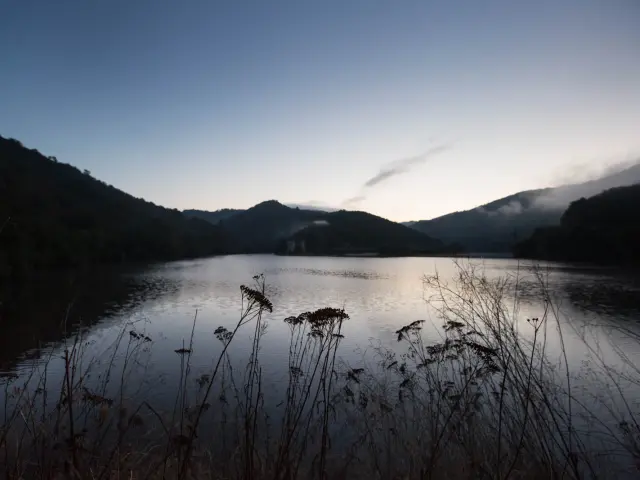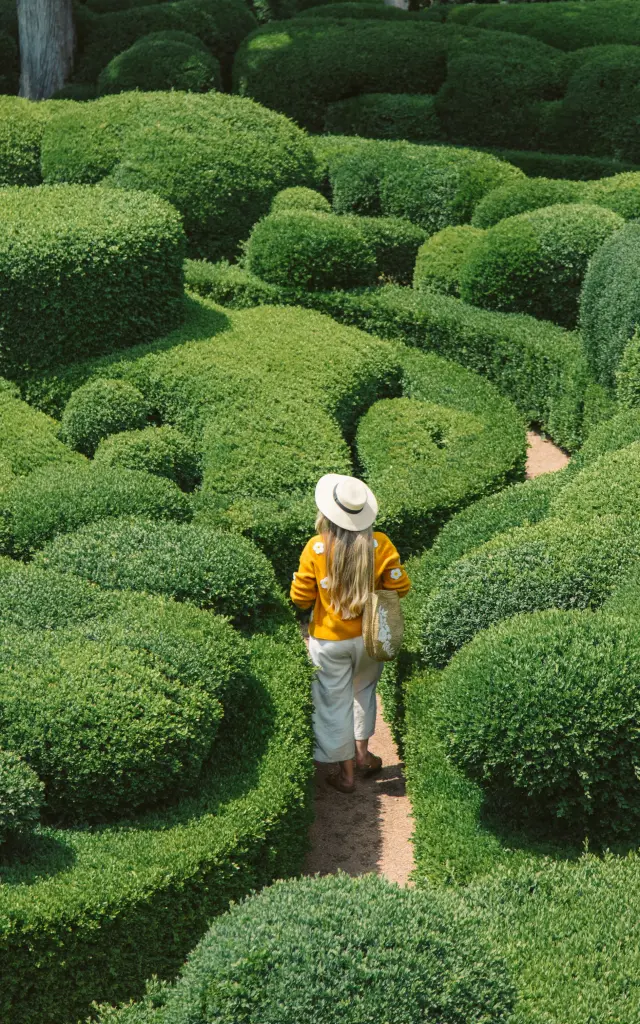The region owes its name to the famous Dordogne river, linking the woodlands and wilderness of the Upper Valley to the gentler slopes and vineyards further West.
Here, people know how to enjoy simple things. Thanks to a less hectic pace of life, they take time to talk, making visitors feel welcome whether at the markets, village festivals or in the shops and restaurants of the Valley.
With the arrival of autumn, the Dordogne Valley’s rich cultural heritage takes on a new and captivating allure. As the summer crowds disperse, a quieter ambiance settles over the region, offering the perfect opportunity to explore its historical treasures and vibrant traditions.
Ancient castles and medieval villages stand as silent witnesses to centuries of history, leaving you free to admire at your own pace the architectural marvels that have withstood the test of time.

